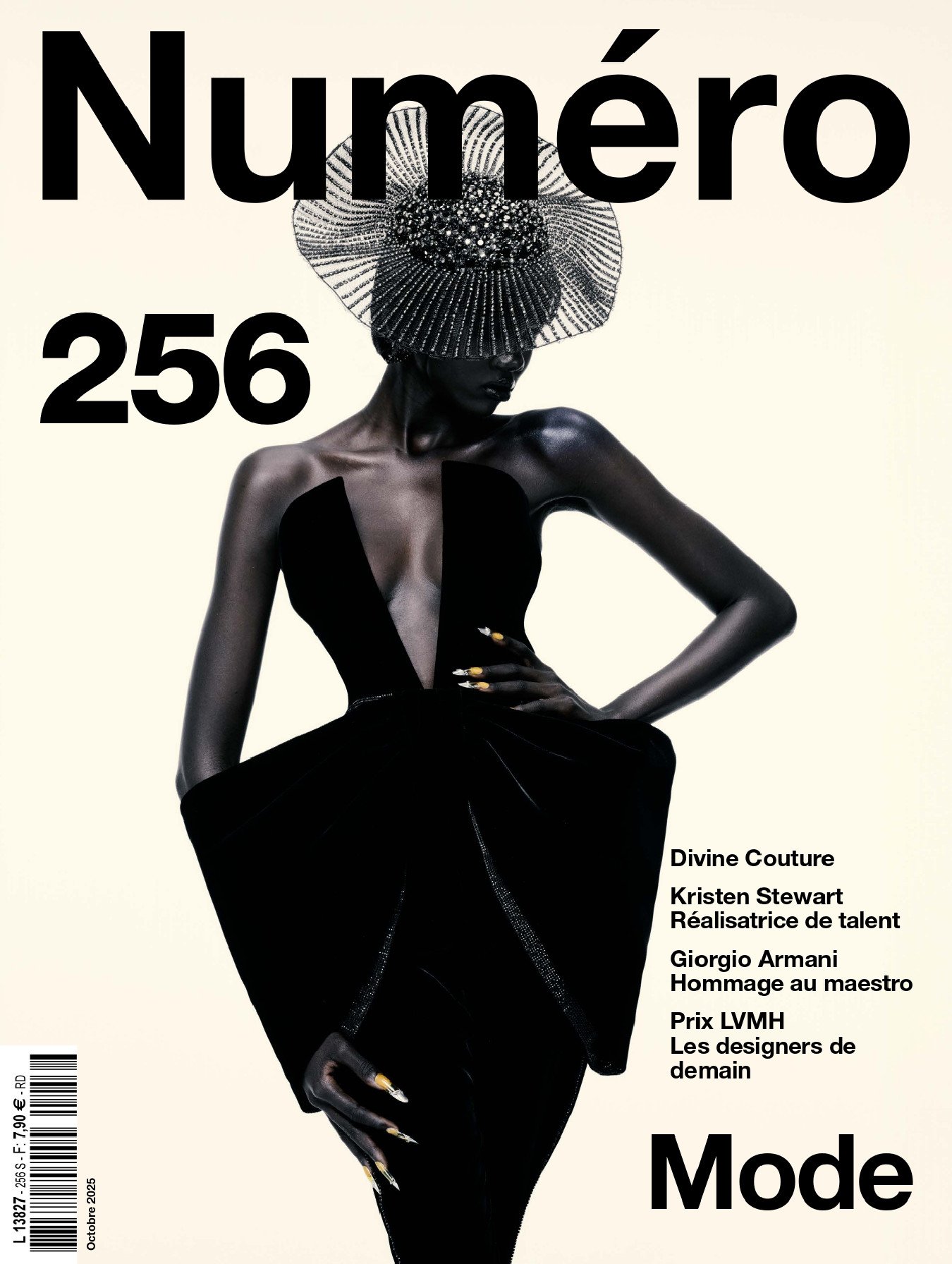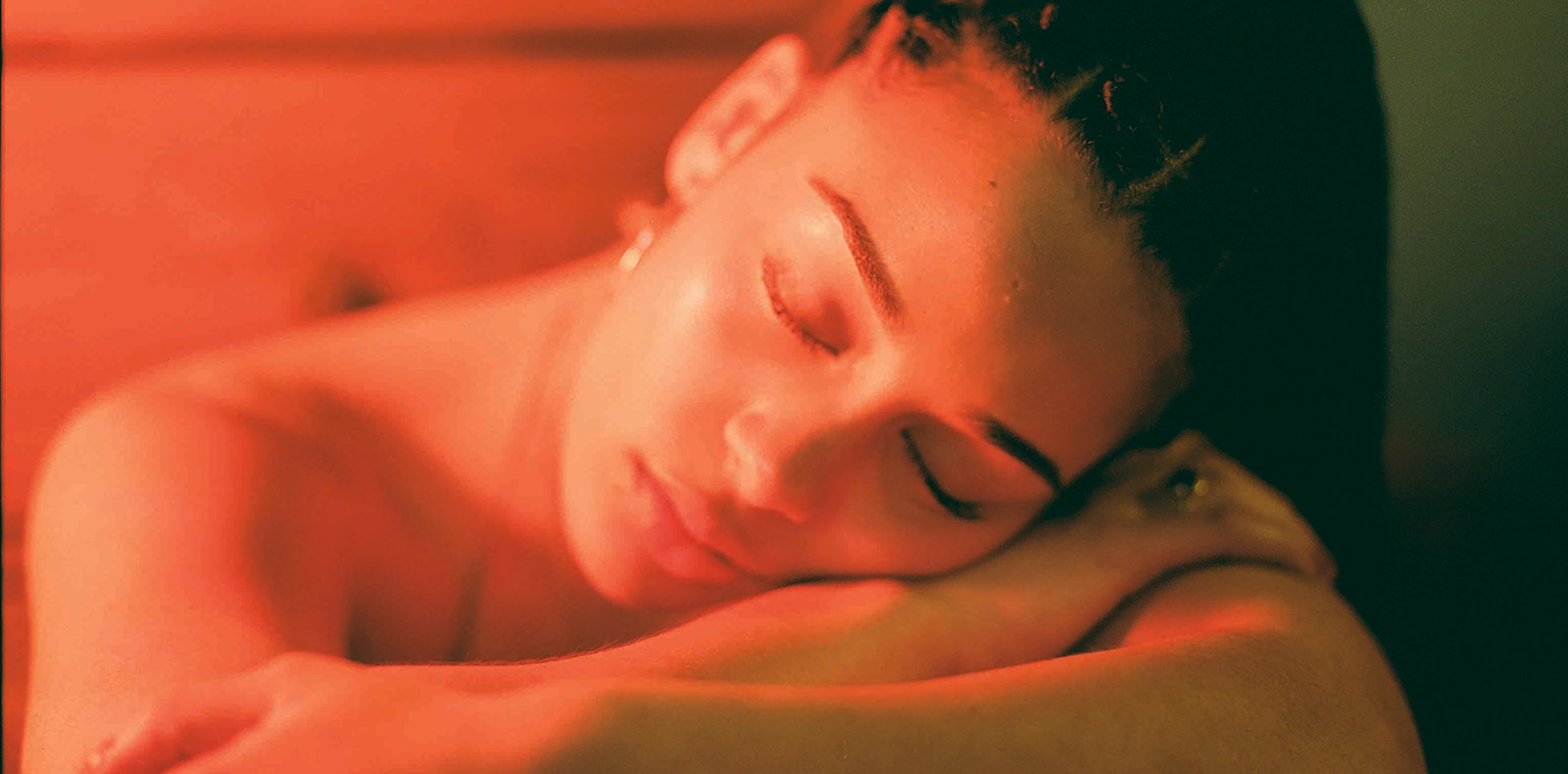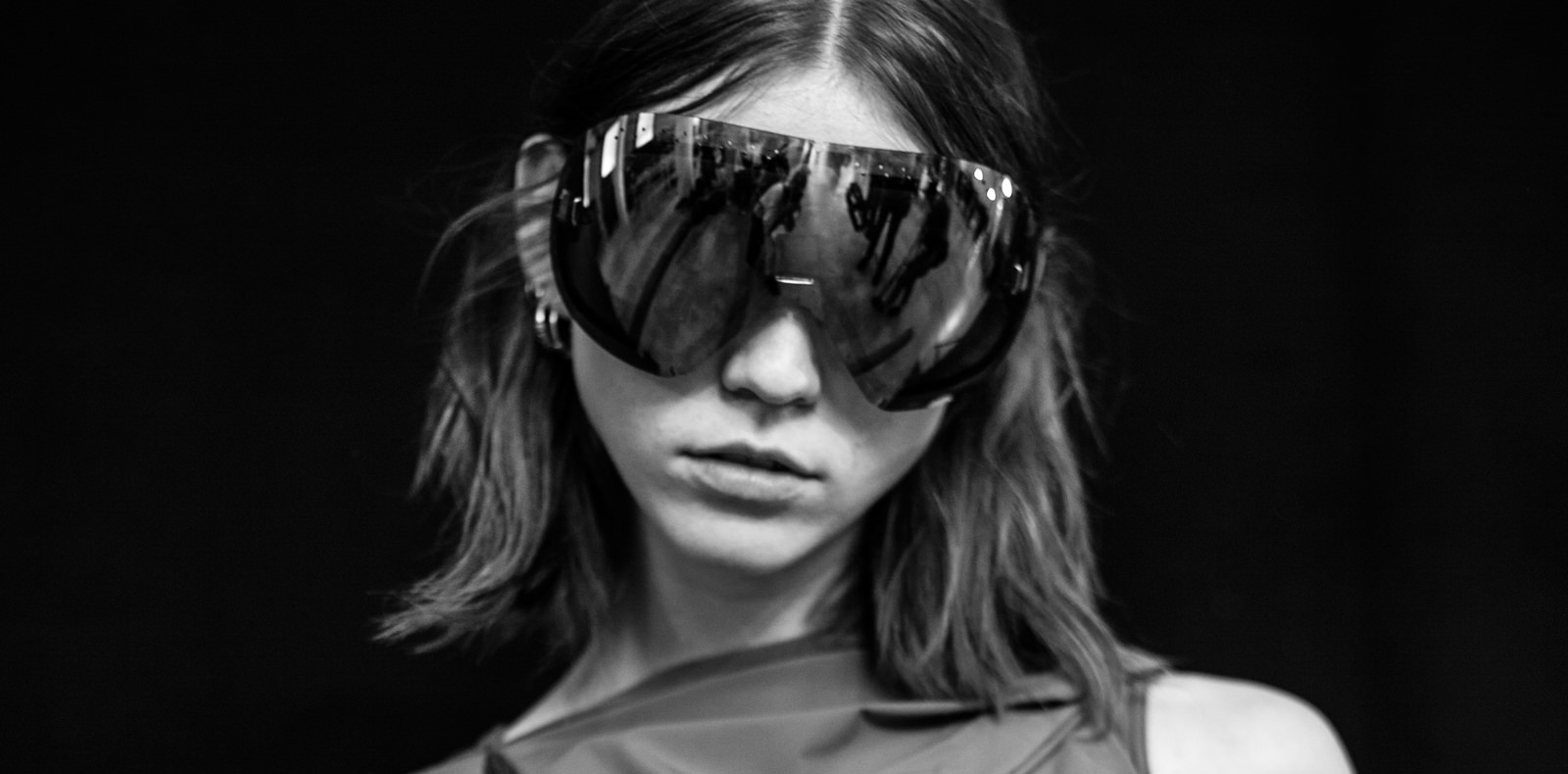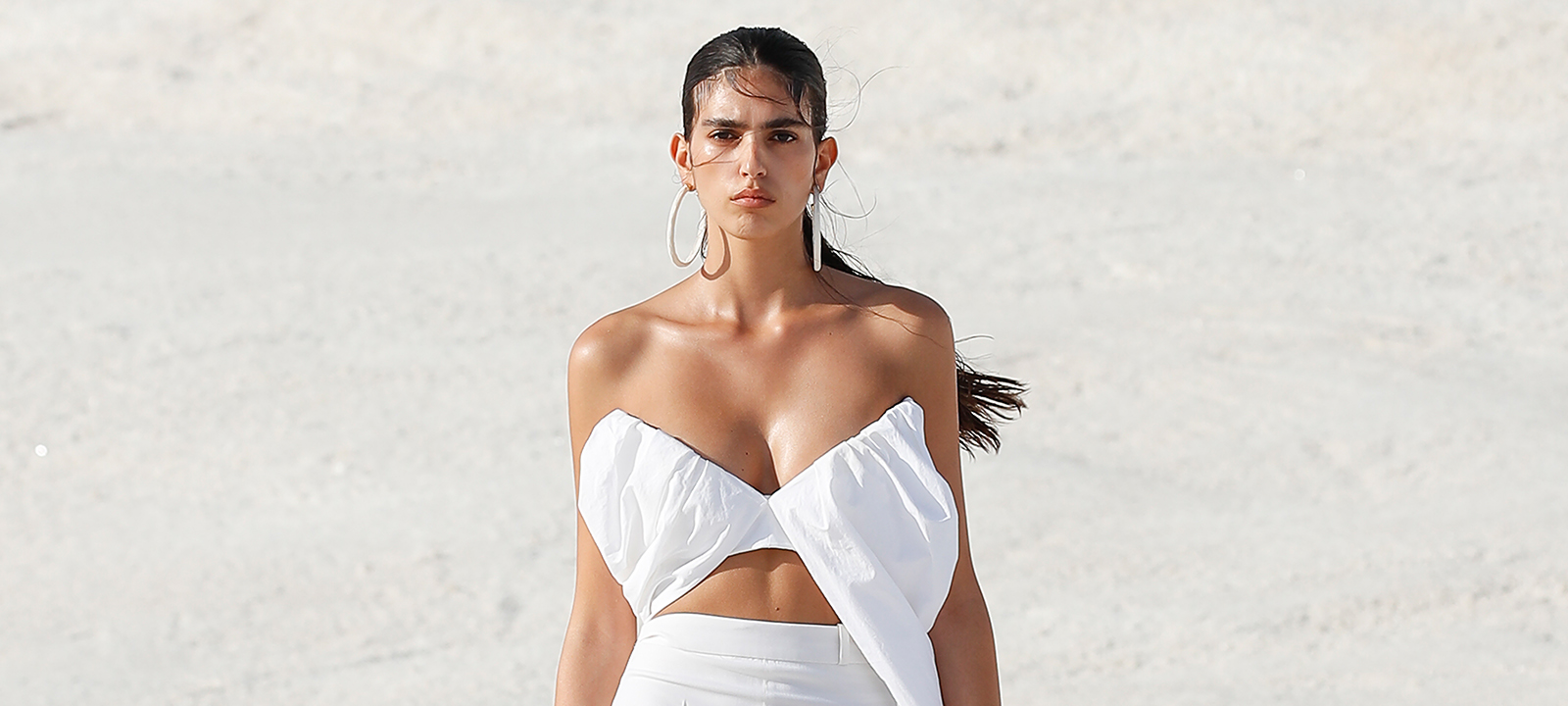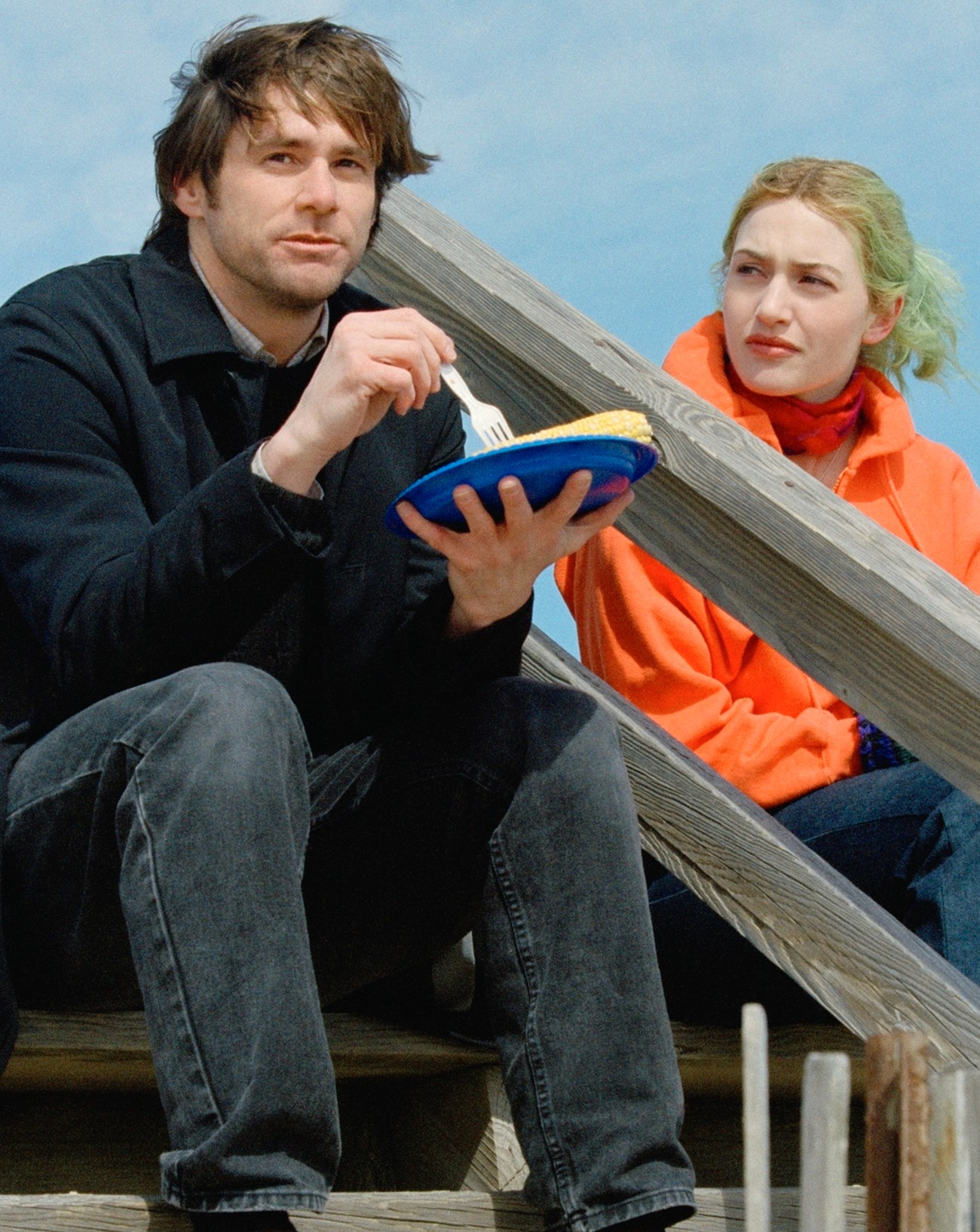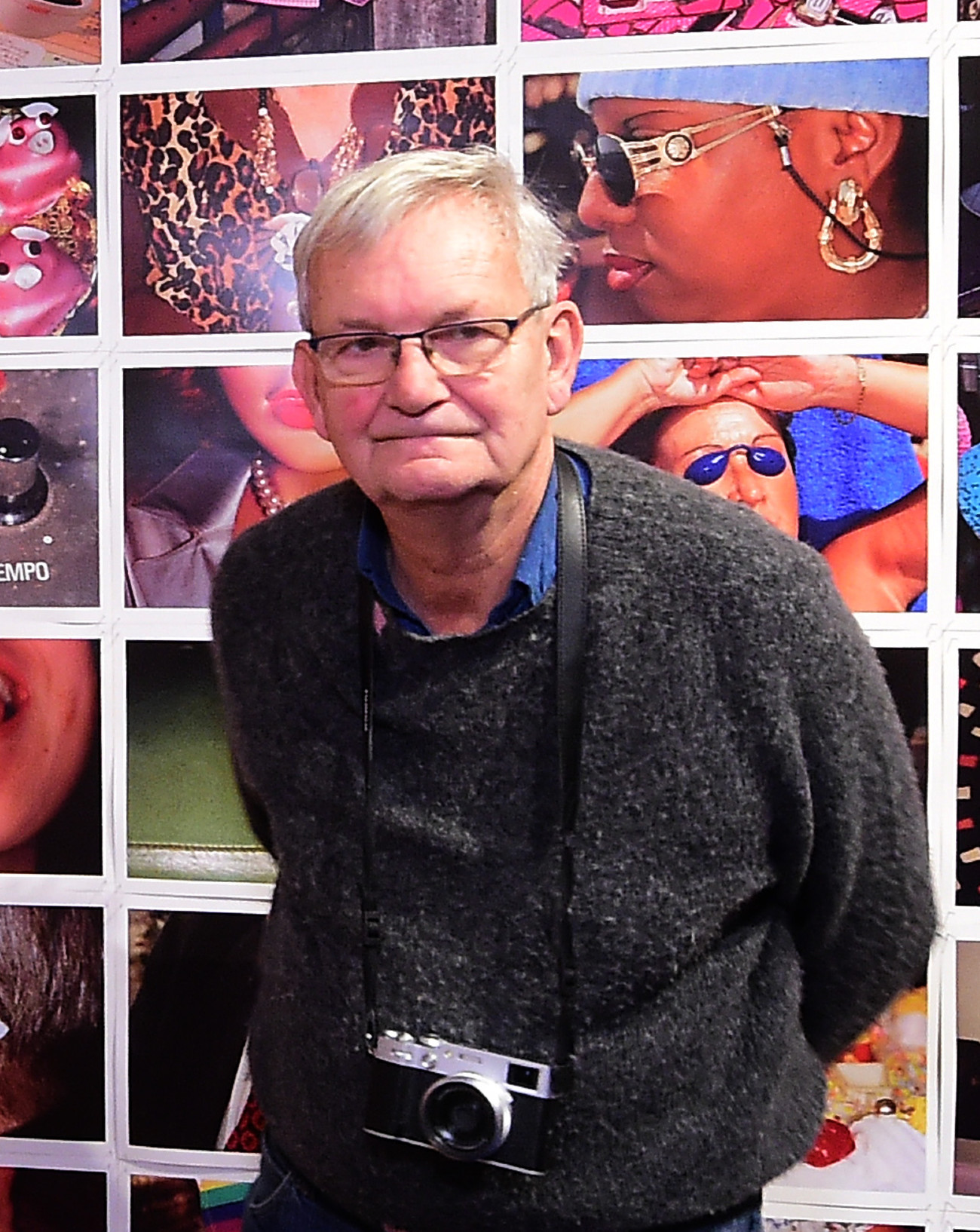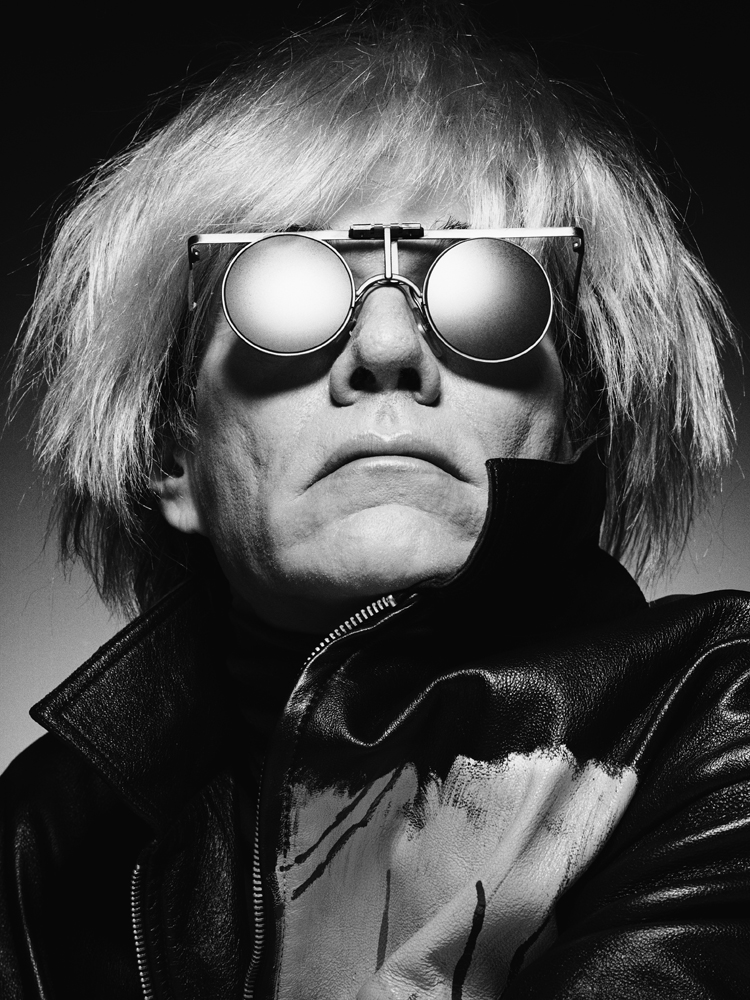
12
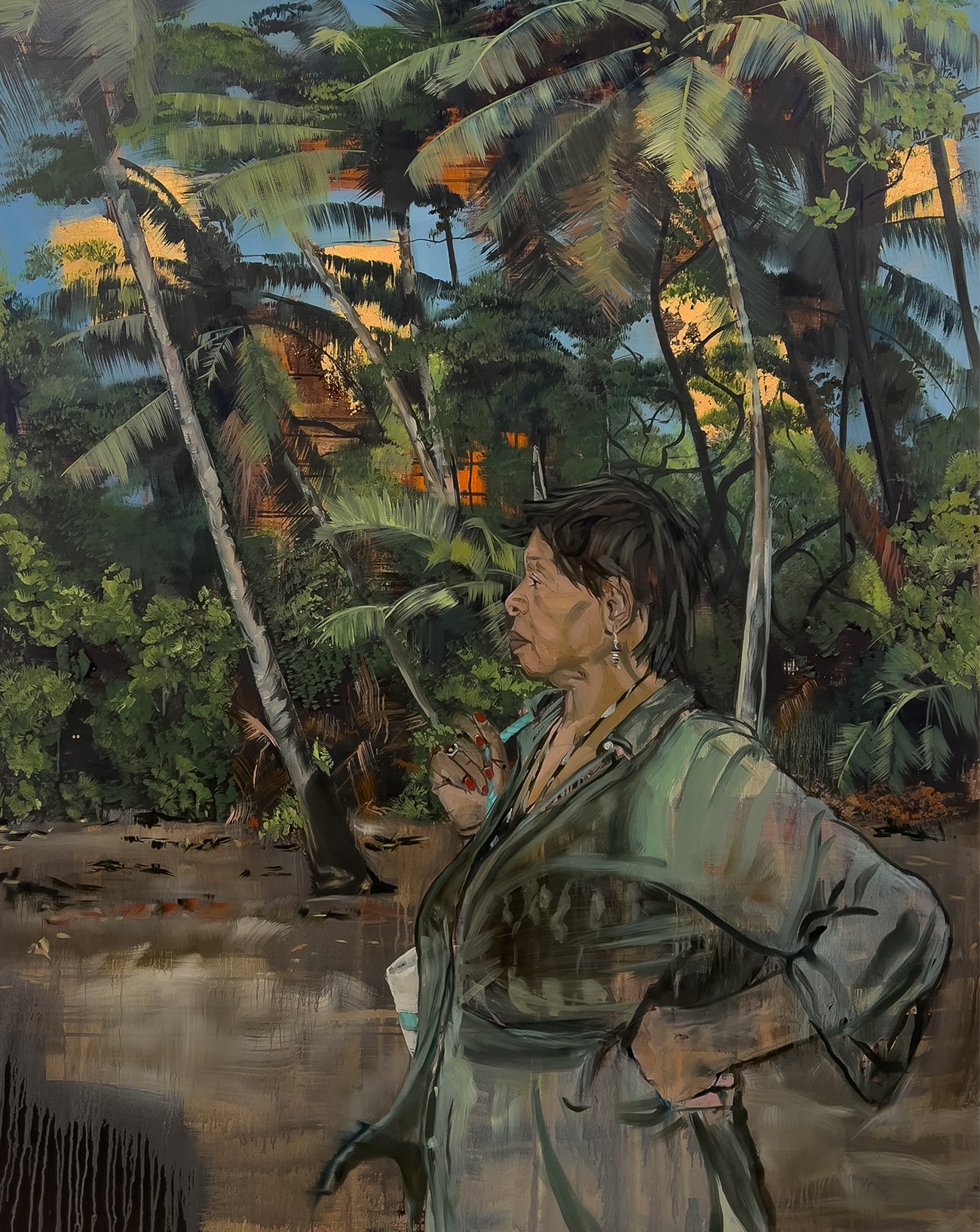
12
FEMMES at Perrotin: 5 Artists to discover in Pharrell Williams’ new exhibition
Curated by Pharrell Williams, the exhibition “FEMMES” at Galerie Perrotin celebrates the female figure through the works of thirty-nine contemporary artists—most of them women—on view until April 19. Let’s discover five of them whose work has rarely been shown in France.
by Matthieu Jacquet.
Published on 12 April 2025. Updated on 14 April 2025.
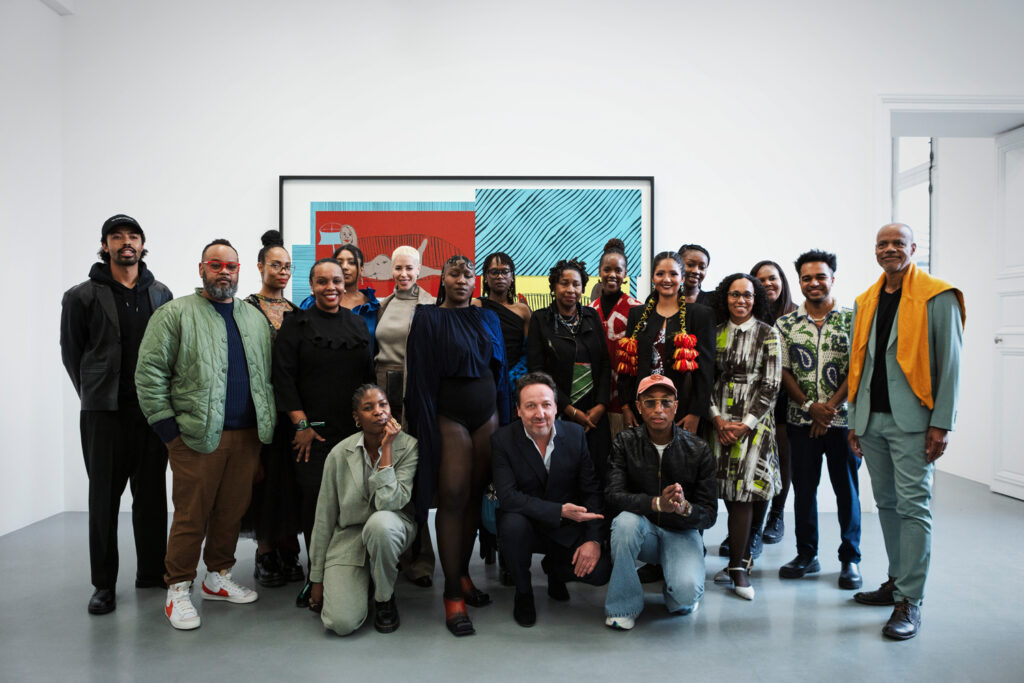
Photo: Tanguy Beurdeley. Courtesy Perrotin.
Pharrell Williams curates an exhibition on women at Perrotin
“It’s rare to see so many Black women exhibiting simultaneously in a Paris gallery. It gives an incredible sense of vitality!” says artist Eden Tinto Collins, a participant in the large-scale exhibition “WOMEN,” on view until April 19 at Galerie Perrotin in Paris. This is perhaps the real feat accomplished by its star curator, musician and designer Pharrell Williams, who brought together no fewer than thirty-nine contemporary artists of color—most of them women—whose works pay tribute to the female figure.
Conceived in collaboration with Emmanuel Perrotin and exhibition curator Louise Thurin, the selection offers a journey through varied styles and mediums, featuring major figures and market stars like Betye Saar, Carrie Mae Weems, Glenn Ligon, and Henry Taylor; artists close to the gallery such as Tavares Strachan and Nina Chanel Abney; those recently honored by French institutions like Gaëlle Choisne, Mickalene Thomas, and Kapwani Kiwanga; and also newer, emerging voices. Spotlight on five artists to discover.

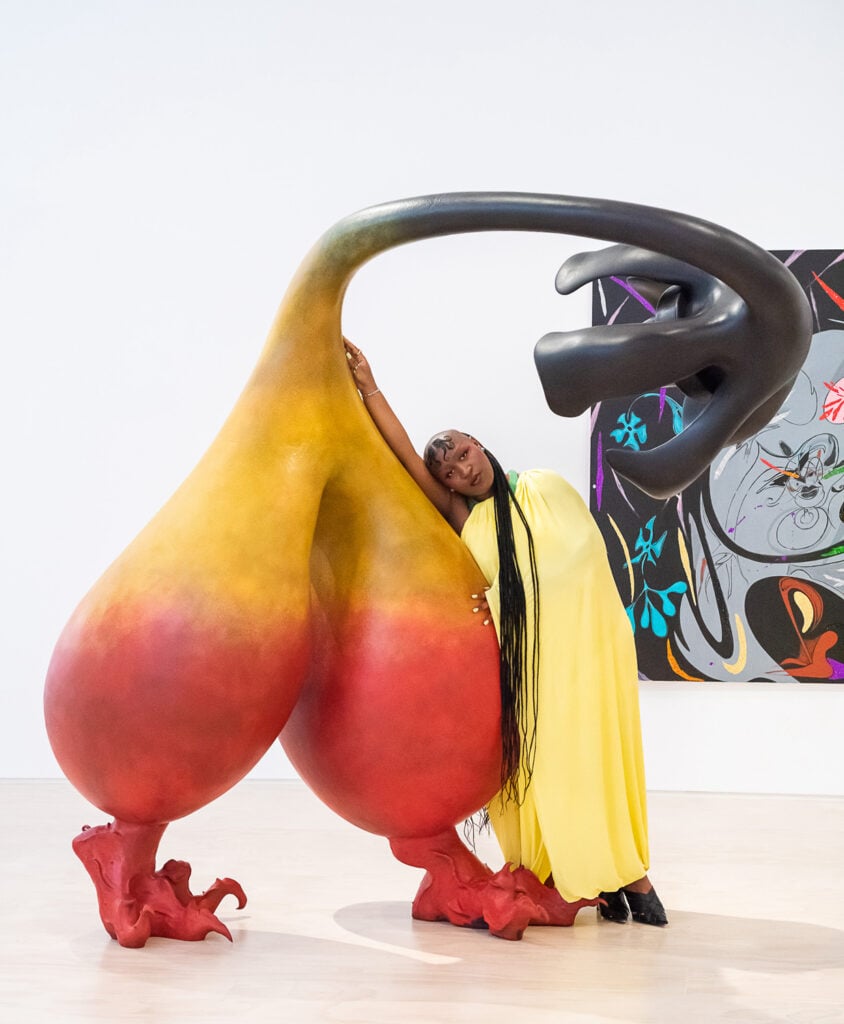
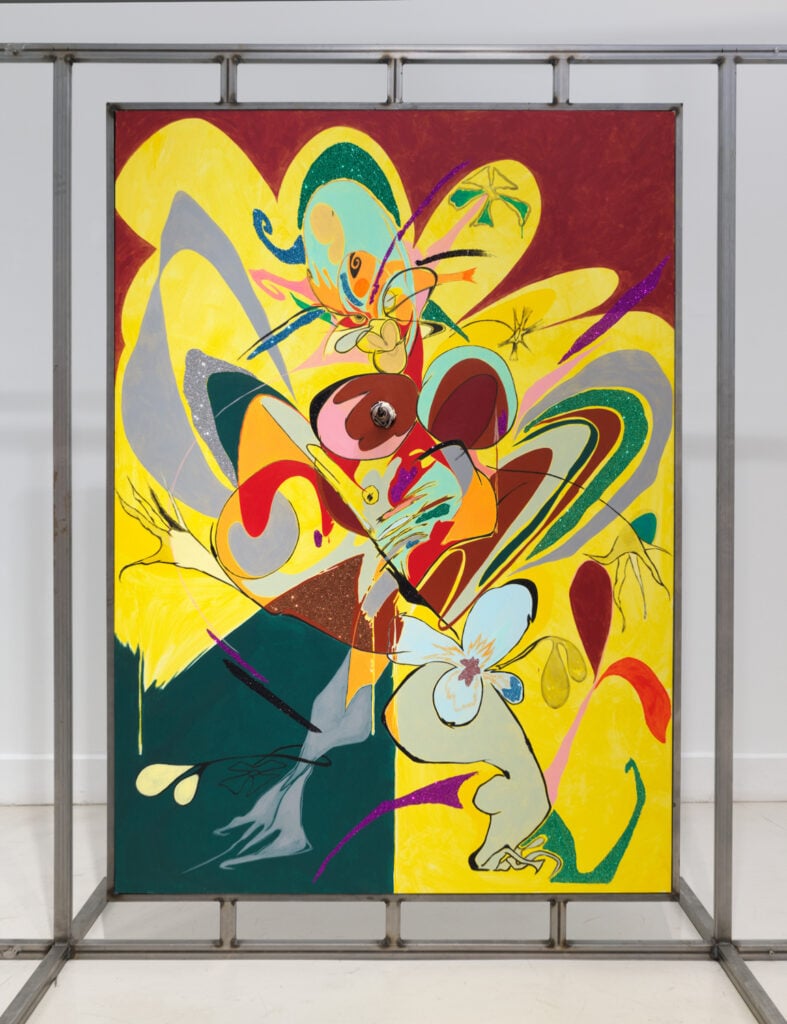
Theresa Chromati, Seasonal Bloom (Woman Pollinated) (2024).
Courtesy of the artist.
Theresa Chromati
“I seek to celebrate the complexities of Black women and the duality that emanates from our souls,” says Theresa Chromati. Hung at the entrance hall of the gallery, her two juxtaposed canvases immediately captivate with their explosion of vivid colors—red, yellow, orange, sky blue—and shapes—arcs, arabesques, spirals—that burst from their center. While no complete female figure is immediately visible, fragments of bodies subtly appear—a hand here, an arched foot there—alongside stems and petals sketching a vegetal form, abstractly exploring the timeless theme of the woman as flower.
One motif recurs in both paintings: the “scrotum flower,” an organic shape evoking both a pair of testicles and the heart of an orchid, which Chromati also reinterprets in monumental sculptures and other vibrant canvases where movement and joy reign, emphasized by her use of glitter. Rarely shown in Paris, the Brooklyn-based artist is thrilled to be part of this collective exploration of contemporary femininity: “This is the moment! As women artists of color, we must create this space to embrace and support each other.”
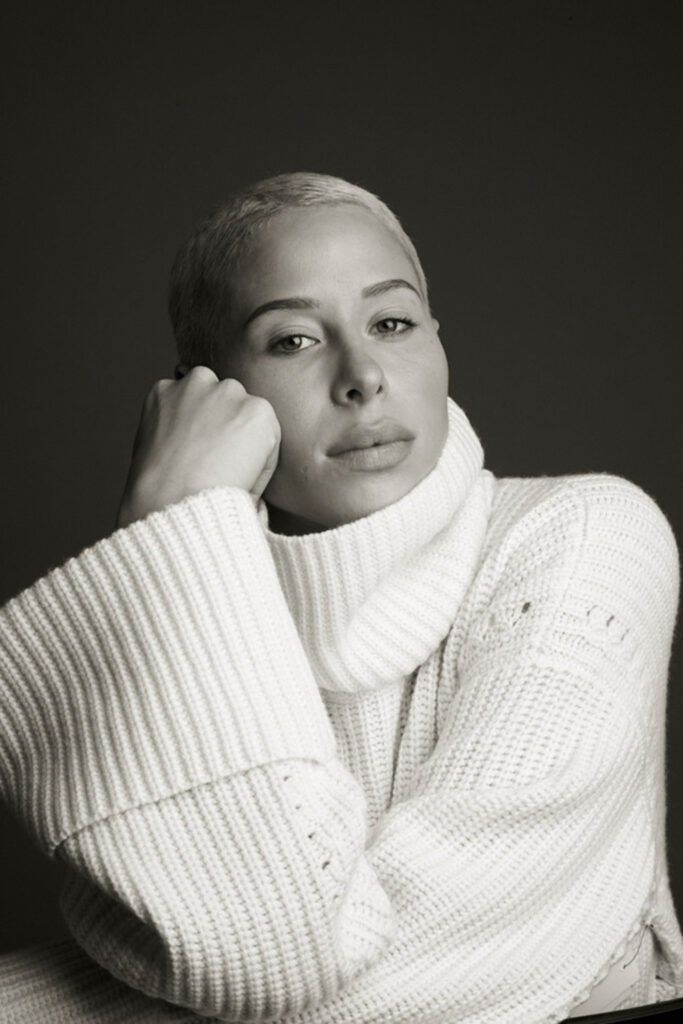
Portrait de Kennedy Yanko. Photo : Jesse Frohman
Courtesy of the artist.
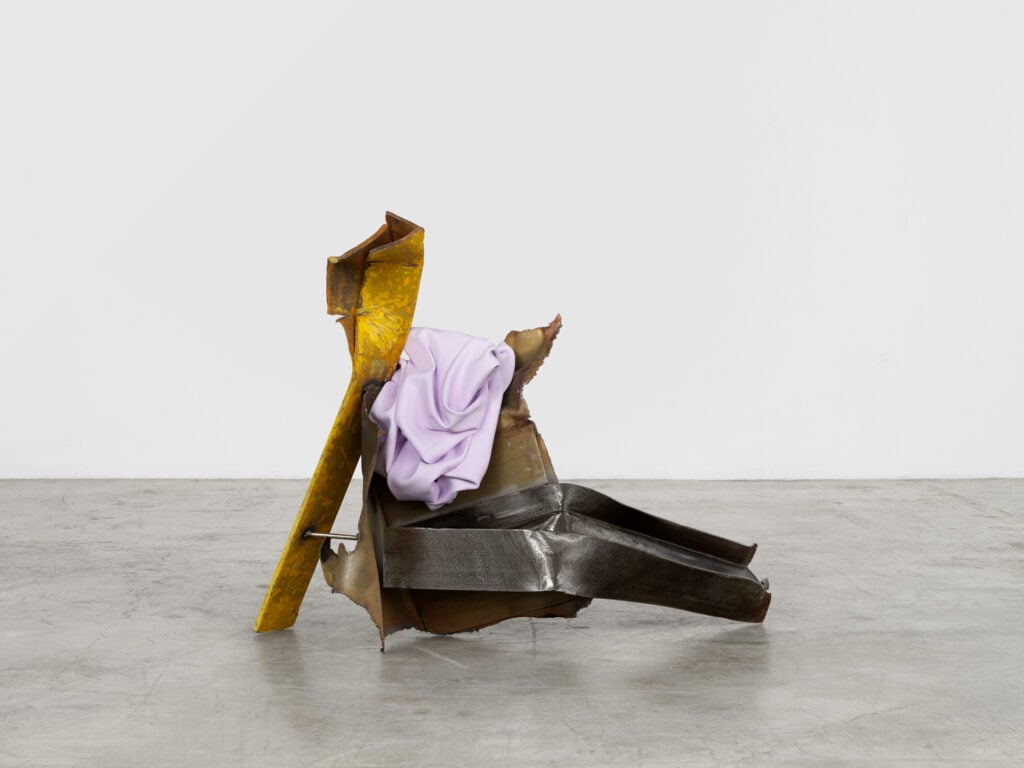
Kennedy Yanko, Teary Eyed (2024). Photo : Dan Bradica. Courtesy of the artist and James Cohan, NY.
Kennedy Yanko
As a direct counterpart to Chromati’s paintings, Kennedy Yanko’s sculpture stands at the center of the first room, atop a circular pedestal. Here too, the female body is distilled to its essence—specifically its posture—through the tension and reliefs within this assemblage of industrial materials, which occasionally hint at a seated silhouette. One of the few sculptors in the selection, the American artist showcases her unique visual language, recalling both the New Realists—César, Arman—and the extruded volumes of Anita Molinero.
In scrapyards, Yanko collects metal scraps that she compresses, twists, and welds. At the same time, she pours liters of colored acrylic paint onto a flat surface, lets it dry, then manipulates and delicately places it over the metal, giving it shape. The result is a sensual dialogue between the soft, fabric-like texture of the paint—a kind of “second skin”—and the cold rigidity of metal, creating compositions that seem light despite their bulk. “That’s what I love about abstraction,” she explains, “the ability to suggest the body while echoing art history, especially Hellenistic marble sculpture.”
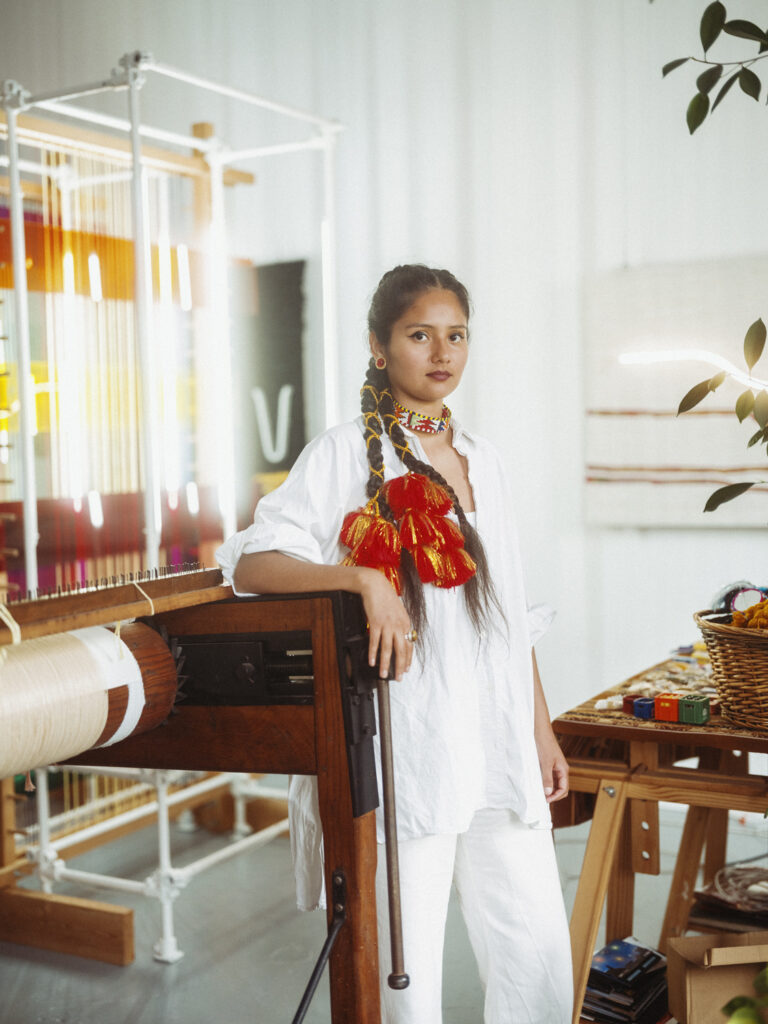
Portrait de Kenia Almaraz Murillo. Photo : Benjamin Mc Mahon. Courtesy of Galerie Waddington Custot.
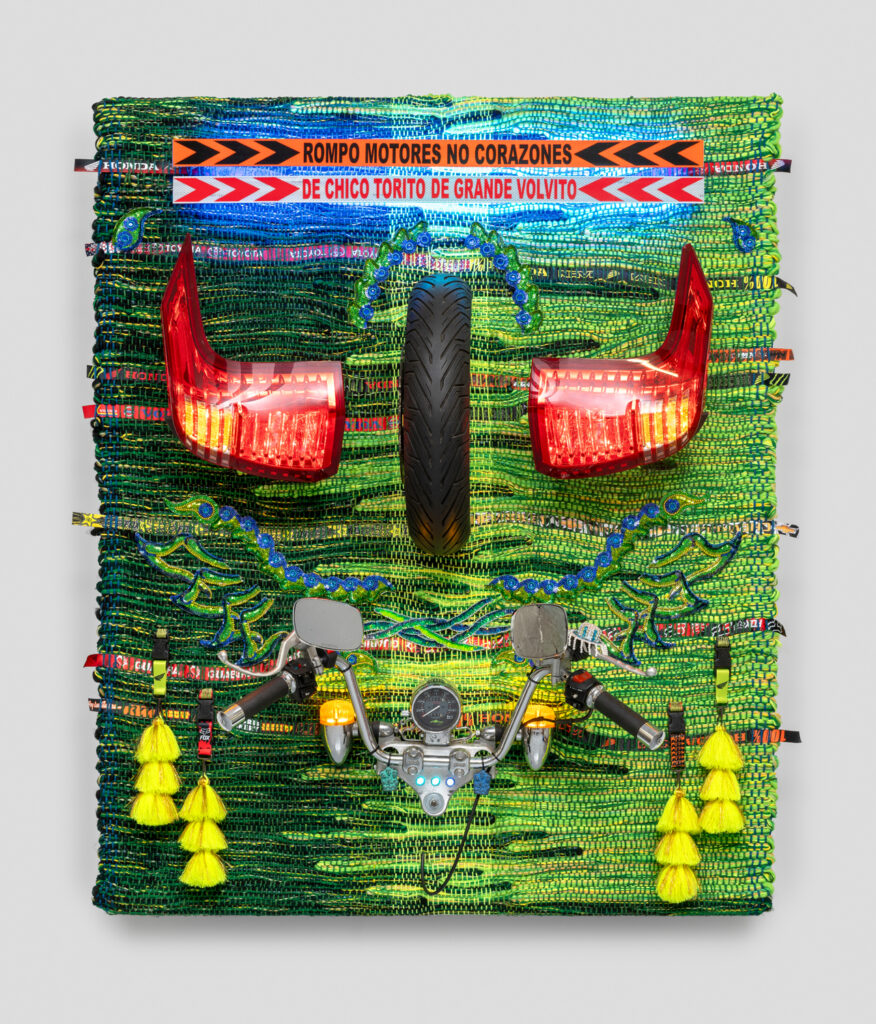
Kenia Almaraz Murillo, Torito (2024). Photo : Nicolas Brasseur. Courtesy of Galerie Waddington Custot.
Kenia Almaraz Murillo
Originally from Bolivia and now based in Paris, Kenia Almaraz Murillo weaves literal and metaphorical ties between the two countries through textile art. Using a low-warp loom from Aubusson, a historic hub of French tapestry-making, her process unfolds in two steps: first, creating the warp and weft on the loom; then, incorporating sculptural and luminous elements into the textile.
The two works displayed on the gallery’s upper floor pay tribute to her mother. The right piece, crafted from red alpaca wool and gold thread, uses flowing lines to evoke her mother’s “inner energy” and the resilience of women from her mountain village, located 4,000 meters above sea level in the Andes. The left piece, more elaborate, weaves green threads with headlights, tire fragments, handlebars, and Bolivian ceremonial amulets and pompoms—expressing the energy of modern, urban, collective femininity. Trained by weaving artist Simone Prouvé in Paris, Murillo describes weaving as a time of “constant meditation, temporal purification, and spiritual connection with my family in Bolivia.”
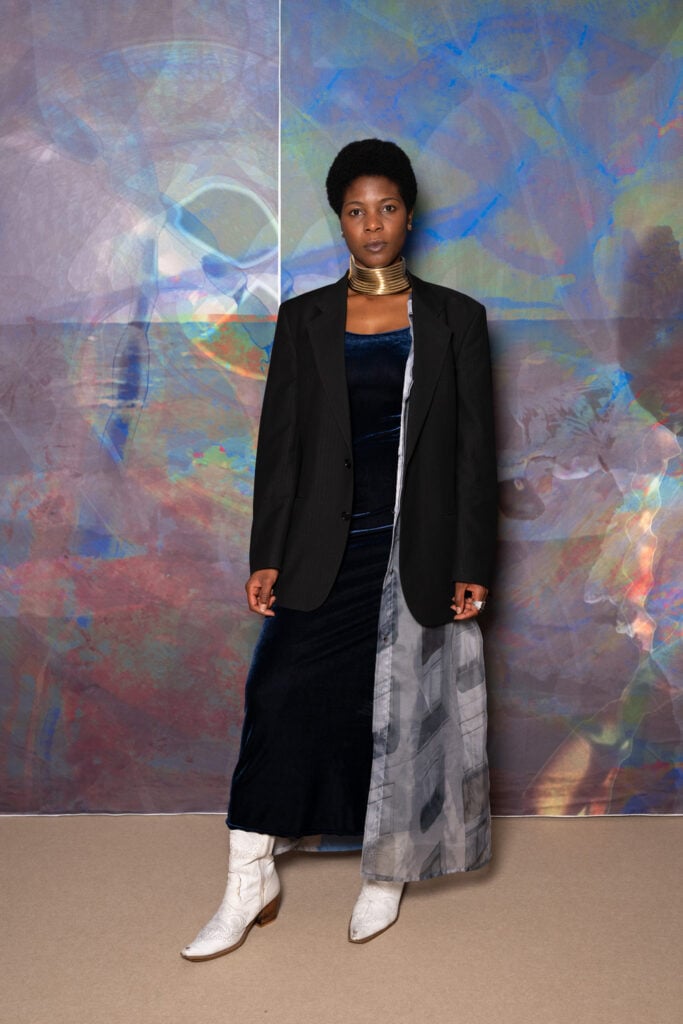
Portrait de Eden Tinto Collins. Photo : Michael Huard, Say Who.
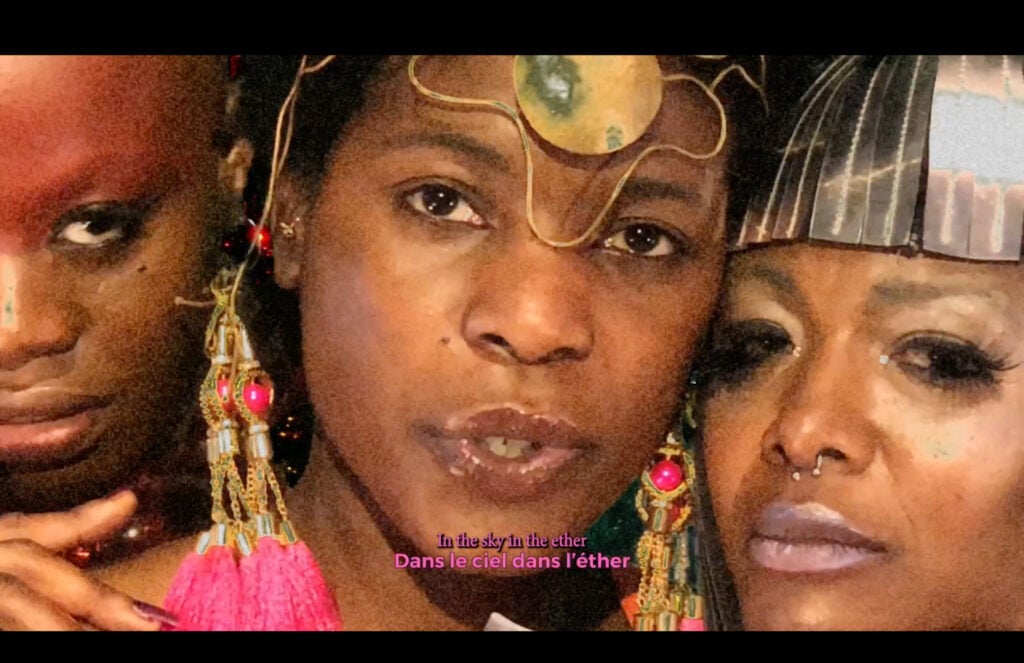
@ Eden Tinto Collins / ADAGP, Paris, 2025.
Eden Tinto Collins
Facing historical photographs by Carrie Mae Weems in the gallery’s main ground-floor room, Eden Tinto Collins’ multimedia installation is a true celebration of dance—“a practice that reconnects us with memory,” she notes. The Parisian artist focuses particularly on twerking in her film J’irai twerker sur vos tombes, shot in La Villette Park with dancers like Patricia Badin. Mixing videos of dancers against a galactic background, park photography, and Google images, the film is actually an episode from her satirical sitcom A Pinch of Kola, launched in 2021. In it, her alter ego Jane Dark journeys through surreal worlds where the chaos of the internet collides with the absurdities of daily life. Winner of the 2023 Fondation Pernod Ricard Prize, the self-described “hypermedia poetician” presents this piece in a brand-new installation, surrounded by mint-green wallpaper where transparent dancing bodies emerge. A way to dissolve the boundaries between virtual and real, in celebration of female empowerment.

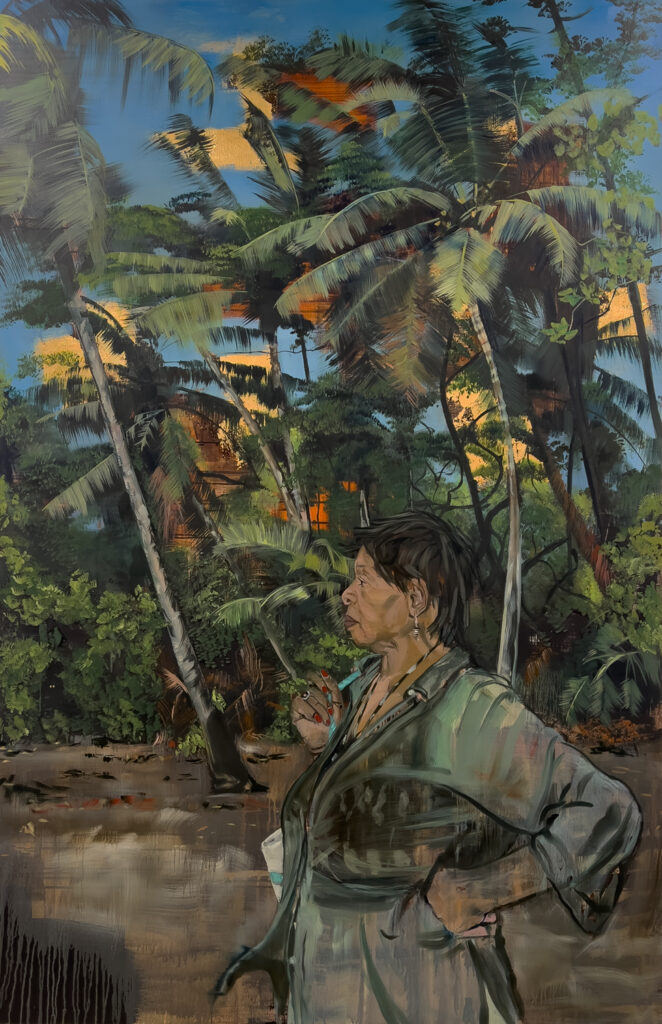
Emma Prempeh, Finally I’m Home (2025). Courtesy of the artist and Tiwani Contemporary.
Emma Prempeh
“I grew up in a house of women—with my mother, my sister. They are the most important women in my life,” shares Emma Prempeh. For years, the painter has mined childhood memories from South London to create warm, intimate compositions, with women often at their heart. But in 2024, a journey with her mother to Saint Vincent and the Grenadines—where the latter grew up before emigrating to England 40 years ago—marked a turning point.
That return to her roots inspired a new series in which interior scenes give way to the wild nature of the Caribbean. For FEMMES, Prempeh painted a two-meter-high canvas showing her mother in profile, standing on a beach with tropical foliage in the background. “I chose this piece because you can tell my mother feels at home, and it almost looks like the trees are growing out of her head,” says the artist. “She seems more relaxed than I’ve ever seen her.” Once again, she enhances her canvas with copper-zinc alloy accents reminiscent of gold leaf, giving the work a striking glow.
FEMMES, conceived by Pharrell Williams, is on view until April 19, 2025 at Perrotin Gallery, Paris 3rd arrondissement.
